
“This restless monkey, which is thought, has broken up this world and has made a frightful mess of this world, it has brought such misery, such agony. And, thought cannot solve this, however intelligent, however clever, however erudite, however capable of efficient thinking, it cannot, thought cannot possibly bring order out of this chaos. There must be a way out of it, which is not thought.”
J. Krishnamurti
This quote from the brilliant Indian philosopher Krishnamurti references the Buddhist concept of “mind monkeys” or what is sometimes known as the “monkey-mind.” These monkeys are the thoughts comprising an incessant internal dialogue driven by worry, fear, anxiety, and rumination. They are constantly chattering and screeching, creating a cacophony in our mind that pulls us away from the present moment. They create imaginary scenarios, reliving recent past events and anxiety-producing worry about potential future problems.
How many times have you arrived at a destination in your car and can’t remember exactly how you got there because you were so immersed in an internal dialogue? For many of us, the monkeys are chattering all day in the background without our full awareness of their presence. The monkeys are not just distractions, but have real health consequences.
Strong Medicine discussed in detail how the mind-monkeys of worry and rumination put us into a constant low-level flight or fight response (sympathetic nervous system) and activate the stress response with real physiological consequences, contributing over time to chronic diseases such as diabetes, heart disease, high blood pressure, and even cancer.
I knew I had a mind-monkey problem, but did not realize the magnitude until I removed all outside stimulus from my environment. I found myself in this almost unimaginable situation during my first experience with a sensory deprivation float tank. The float tank is a futuristic looking pod filled to a depth of only ten inches of water. The water is super-saturated with epsom salt (magnesium sulfate) and warmed to skin temperature. The high concentration of salt allows you to float effortlessly almost on top of the water, and because the water and surrounding air is kept at skin temperature, it is difficult to tell that you are even in water. When the pod door is closed, all light and sound disappear and you feel like you are floating in a void with minimal sensations coming from outside your body.
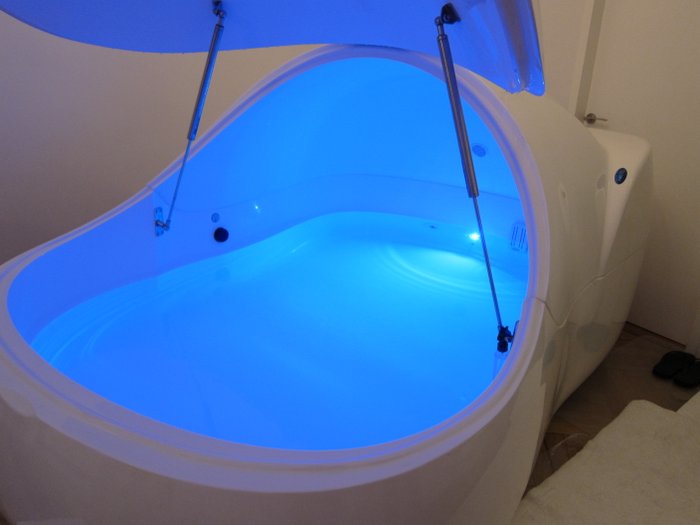
Inside the float tank, the call of my mind monkeys was deafening. There were no outside sounds or sensations to compete with the monkeys in my brain and they made their presence known in an alarming way. I have had training in mindfulness meditation practices, but it still took me almost 30 minutes of floating to quiet these chaotic creatures of thought. I use mindfulness practices often at home and usually feel that I can get to a quiet state, but this experience has led me to question how effective I really am in silencing the monkeys. At home, there are still background noises and bodily sensations that may dull my perception of the monkeys still likely whispering in my head.
After the first 30 minutes in the float tank I was able to start tuning in to the state of my body’s internal workings. I could feel and hear my heartbeat stronger and start to barely detect my intestines rhythmic machinations. I was finally able to strengthen my sense of interoception, sensations from within my body. I used the sound and feel of my heartbeat to get into a deep meditative state. The sound of New Age music drew me out of this sustained mindfulness, gentle notes hitting with startling force as I had been without external sensation for close to an hour.
The short time I spent in this deep state of meditation, tuned to the interoceptive sensations from within my body was the most profoundly relaxing experience I have had with mindfulness. This was the benefit of the sensory deprivation tank for me. It was nothing mystical or transcendental; it recalibrated my ability to detect the mind monkeys. Now I know how loud they really are behind the distraction of the modern environment, with products of industry and technology resulting in sensory pollution, obscuring the howl of the monkeys.
Knowledge is half the battle when confronting a problem. I have a new standard for my mindfulness practice, and re-tuning with periodic floats in the sensory deprivation tank will be integrated into my self care. Remember that the health benefits of reducing the chattering monkeys are real, with a foundation in modern neuroscience and wellness practice. This is a part of how we rebuild a brain physically and functionally changed by chronic stress (see more in Strong Medicine).
The availability of sensory deprivation float tanks is increasing. A one hour float is usually less expensive than a massage session. The experience of floating without external sensations has been invaluable to me personally. I was given a reality check; my monkeys were (and still are to some extent) running wild.
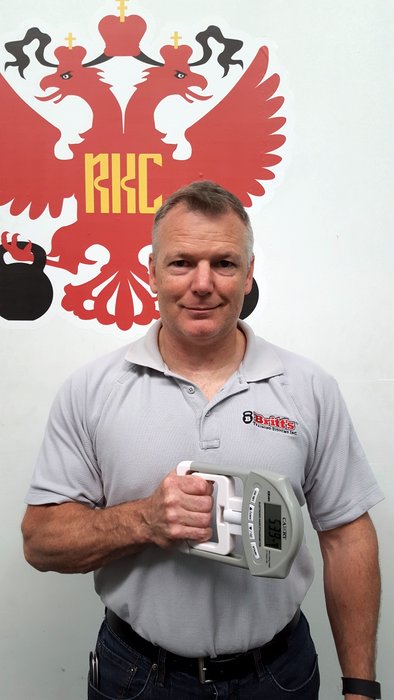
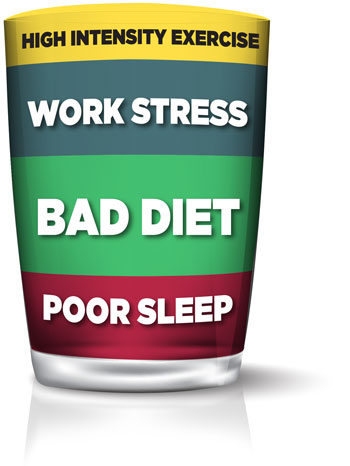 Dr. Hardy mentioned grip strength as a possible tool to measure the stress cup on a daily basis. There are studies that have shown that a decrease in grip strength is correlated with strokes, heart attacks and overall longevity—it made sense that it would also be an indicator of Central Nervous System health. I also liked the fact that it was a quick and easy check that I could do daily before I trained.
Dr. Hardy mentioned grip strength as a possible tool to measure the stress cup on a daily basis. There are studies that have shown that a decrease in grip strength is correlated with strokes, heart attacks and overall longevity—it made sense that it would also be an indicator of Central Nervous System health. I also liked the fact that it was a quick and easy check that I could do daily before I trained.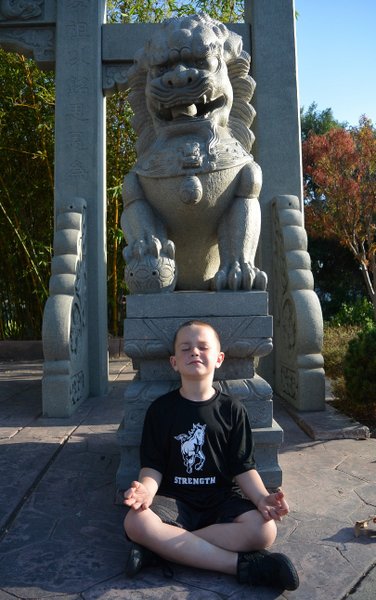
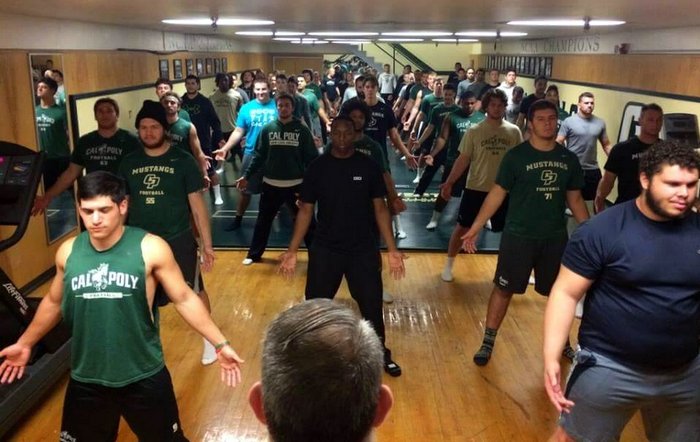
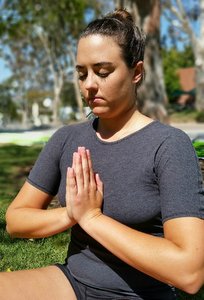 Traditional Chinese Medicine (TCM) is broken into four primary practices: Qigong (where my expertise resides); herbal medicine; acupuncture; and massage. Due to some feathers I have ruffled, I will qualify all of my medical knowledge to be isolated to the Qigong perspective only. I have done the herbs and the medical massage, and since I am not licensed to needle anyone, I have no experience with acupuncture from the provider’s vantage point. Lucky for you, the Qigong is not only the most interesting of the four, but also considered to be the mother of the other three, philosophically.
Traditional Chinese Medicine (TCM) is broken into four primary practices: Qigong (where my expertise resides); herbal medicine; acupuncture; and massage. Due to some feathers I have ruffled, I will qualify all of my medical knowledge to be isolated to the Qigong perspective only. I have done the herbs and the medical massage, and since I am not licensed to needle anyone, I have no experience with acupuncture from the provider’s vantage point. Lucky for you, the Qigong is not only the most interesting of the four, but also considered to be the mother of the other three, philosophically.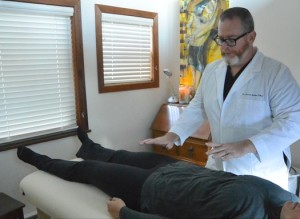
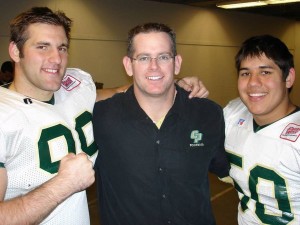 Chris Holder comes to the
Chris Holder comes to the